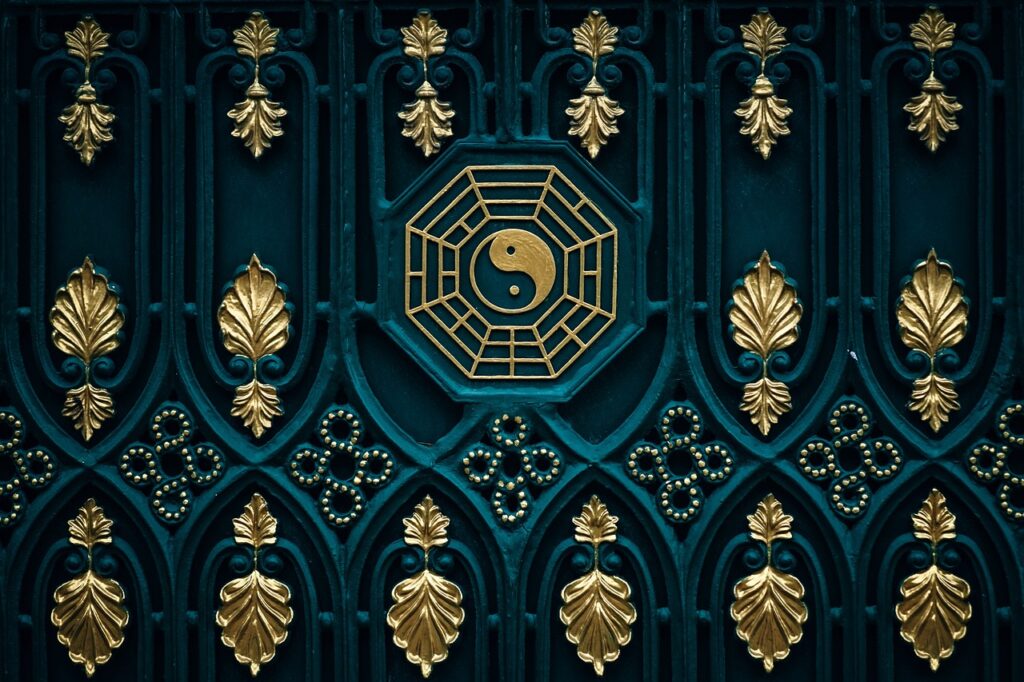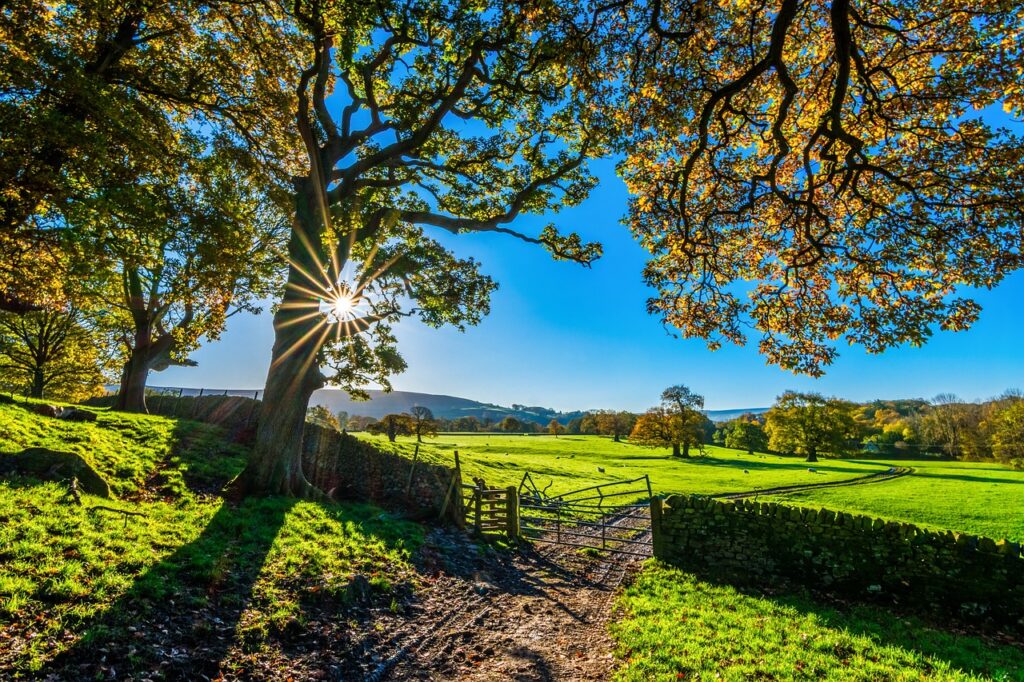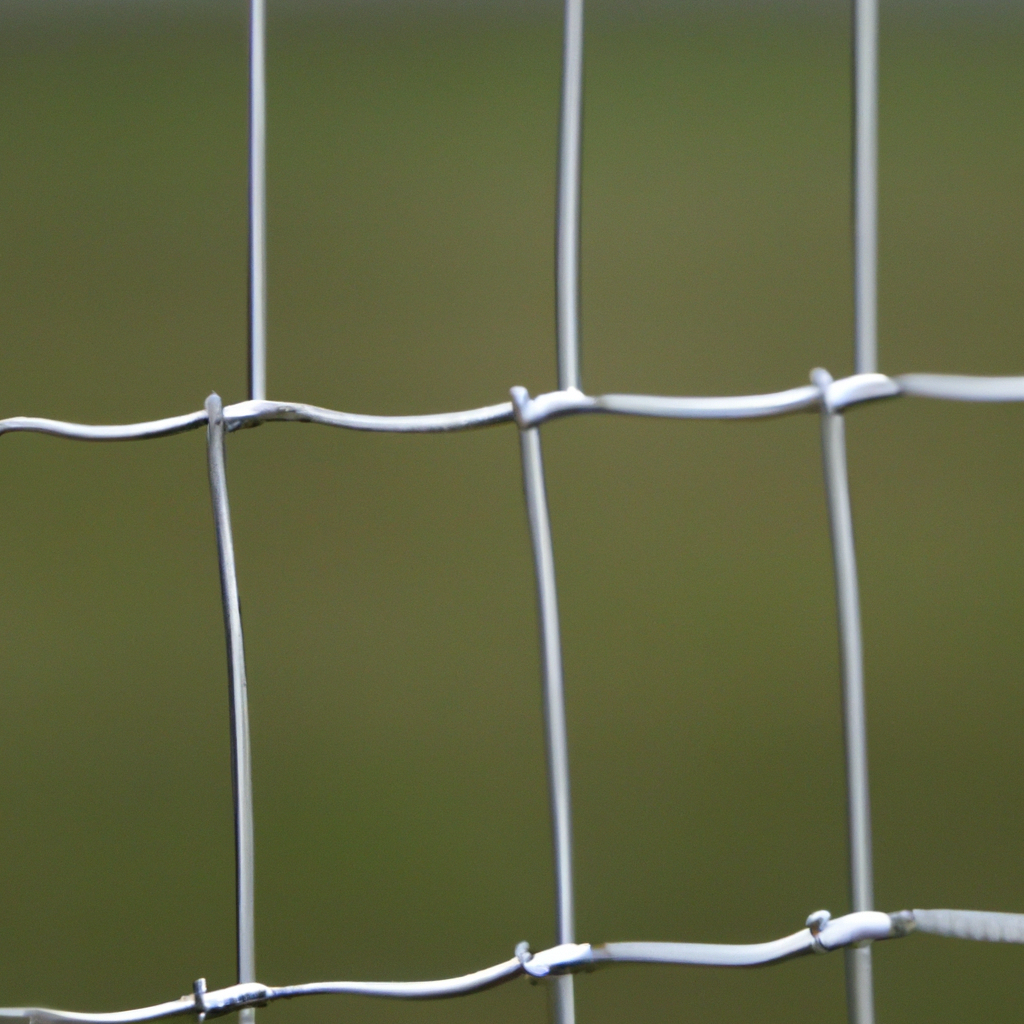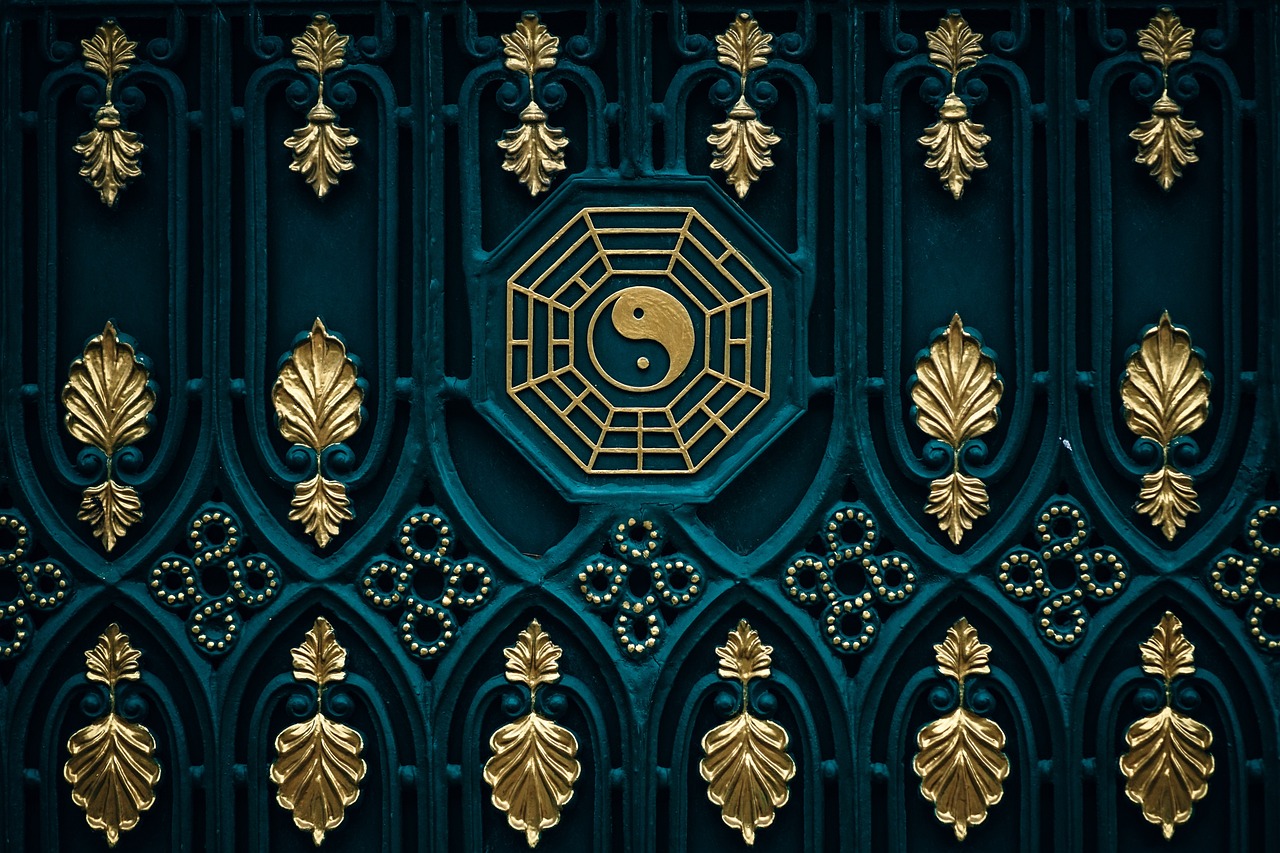Looking to expand your knowledge about fences and provide valuable information to your readers? In this article, we will explore the topic of fences for sports facilities, focusing on safety and perimeter control. Whether you’re interested in installing a fence around a soccer field, a basketball court, or any other sports facility, it’s crucial to understand the importance of safety and how a well-designed fence can contribute to it. We will discuss the various factors to consider when choosing a fence for a sports facility, including height, material, gate options, and more. Additionally, we will delve into the concept of perimeter control and how a sturdy and secure fence can help maintain order and protect players and spectators alike. So, if you’re ready to learn more about fences for sports facilities and how they can ensure safety and perimeter control, let’s dive right in!

Benefits of Fences for Sports Facilities
Enhancing Safety
When it comes to sports facilities, safety is of utmost importance. Fences play a crucial role in enhancing the safety of these areas. By enclosing the playing fields, fences help to prevent unauthorized access, keeping players and spectators safe. Additionally, fences can act as a barrier, preventing balls and other objects from flying out of the playing area and potentially causing harm or damage.
Providing Perimeter Control
Fences provide effective perimeter control for sports facilities. They clearly define the boundaries of the facility, ensuring that players and spectators stay within designated areas. This helps to maintain order and prevent conflicts. Perimeter control also enables proper management of the facility, as it allows organizers to monitor access points and prevent unauthorized entry.
Reducing Liability Risks
By implementing fences in sports facilities, the risk of liability and legal issues can be significantly reduced. Fences act as a barrier, preventing accidents and injuries from occurring outside the designated playing area. This mitigates the facility’s liability and protects both players and spectators. In the unfortunate event of an accident, a well-installed fence can demonstrate that the facility took reasonable measures to ensure safety.
Types of Fences for Sports Facilities
Chain-link Fences
Chain-link fences are a popular choice for sports facilities due to their durability and affordability. These fences are often made from galvanized steel, which makes them resistant to rust and corrosion. Chain-link fences are known for their strength and ability to withstand impact, making them suitable for high-impact sports such as football, soccer, and baseball.
Wooden Fences
Wooden fences offer a more aesthetically pleasing option for sports facilities. They can be customized to match the overall design and architectural style of the facility. Wooden fences provide a classic and natural look and are often used for facilities such as tennis courts and golf courses. However, it’s important to choose a durable wood species and properly maintain the fence to ensure longevity.
Vinyl Fences
Vinyl fences are a low-maintenance option for sports facilities. They are resistant to rotting, warping, and fading, making them ideal for outdoor use. Vinyl fences are available in various styles and colors, allowing facility owners to choose a design that matches their aesthetic preferences. These fences are commonly used for facilities like swimming pools and basketball courts.
Metal Fences
Metal fences, particularly those made of aluminum or steel, are known for their durability and strength. They can withstand harsh weather conditions and provide excellent security. Metal fences are often used in sports facilities that require high levels of security, such as stadiums and arenas. They can be customized with decorative elements to add an aesthetic appeal.
Mesh Fences
Mesh fences are popular for sports facilities that require visibility and airflow. These fences provide clear visibility of the playing area while still maintaining safety and security. Mesh fences are commonly used for facilities like tennis courts and running tracks. They are available in different mesh sizes, allowing owners to choose the level of visibility and privacy desired.
Factors to Consider When Choosing Fences for Sports Facilities
Durability and Maintenance
Consider the durability and maintenance requirements of different fence materials. Some materials, like vinyl and aluminum, require minimal maintenance compared to wood, which may need regular staining or painting. It’s important to choose a material that can withstand the demands of the sports facility and, if necessary, allocate resources for routine maintenance.
Aesthetics
The visual appeal of the fence should also be taken into consideration. The fence should complement the overall aesthetics of the sports facility, enhancing its visual appeal. For some facilities, such as high school football fields or community tennis courts, a more traditional or natural look may be preferred, while others, like professional soccer stadiums, may require a more modern and sleek design.
Security Requirements
Evaluate the security needs of the sports facility. Some facilities may require higher levels of security, for example, if they are located in areas with higher crime rates or if valuable equipment is stored on-site. In such cases, fences with anti-climb features, such as curved tops or pointed pickets, may be necessary.
Budget Constraints
Consider the budget available for the fence installation and maintenance. While some fence materials may have higher upfront costs, they may require less maintenance in the long run, resulting in cost savings over time. Balancing cost and quality is important to ensure that the fence meets the facility’s needs without exceeding the allocated budget.
Regulatory Compliance
Complying with local building codes and zoning regulations is essential when installing fences for sports facilities. These regulations may prescribe certain height restrictions, setback requirements, or specific materials to be used. It’s crucial to review these regulations and ensure that the chosen fence design and installation comply with all applicable guidelines.
Safety Features for Fences in Sports Facilities
Height and Strength
The height and strength of a fence are important safety features. The fence should be tall enough to prevent unauthorized access and to keep objects from flying out of the playing area, while also being strong enough to withstand impact without failing. The specific height and strength requirements may vary depending on the sport and facility type.
Smooth Top Rails and Minimal Gaps
To ensure safety, it’s important to choose a fence with smooth top rails that eliminate any sharp edges or protrusions. This helps to prevent injuries, especially for sports that involve jumping or climbing on fences. Additionally, the fence should have minimal gaps or spaces between pickets to prevent players or spectators from getting stuck or injured.
Safety Gates and Locks
Incorporating safety gates and locks into the fence design is essential for controlled access and security. These gates should be properly installed, well-maintained, and equipped with locking mechanisms to prevent unauthorized entry. Safety gates should also be designed to swing open easily and close securely, ensuring that they cannot be left open accidentally.

Perimeter Control Measures with Fences in Sports Facilities
Enclosing Playing Fields
Fences are primarily used to enclose the playing fields in sports facilities, ensuring that the action stays within a defined area. By securely enclosing the field, fences prevent interference from spectators or unauthorized individuals, maintaining the integrity of the game and ensuring player safety. The fence should be installed along the entire perimeter of the playing field, leaving no gaps or open sections.
Defining Spectator Areas
Fences are also crucial for defining spectator areas within a sports facility. They help to create clear boundaries between the playing area and the seating or standing areas for spectators. This ensures that there is no encroachment onto the field during games or events, reducing the risk of injury to both players and spectators.
Preventing Unauthorized Access
One of the key purposes of fences in sports facilities is to prevent unauthorized access. By properly securing the perimeter, fences deter individuals from entering restricted areas, thereby maintaining safety and security. This is particularly important for larger sports facilities like stadiums or arenas where controlling access is crucial for crowd control and event management.
Considerations for Maintenance and Repair of Fences in Sports Facilities
Regular Inspection
Regular inspection of the fences is imperative to identify any signs of wear, damage, or potential hazards. Inspections should include checking the structural integrity of the fence, ensuring that no sections are loose or unstable. It’s important to look for signs of rust, corrosion, or rot and address them promptly to avoid further damage.
Cleaning and Painting
Cleaning the fence regularly helps to maintain its appearance and remove any dirt or grime that may accumulate over time. Depending on the material, fences may require periodic painting, staining, or sealing to protect them from the elements and extend their lifespan.
Repairing Damaged Sections
Any damaged or broken sections of the fence should be repaired promptly to ensure continued safety and security. This may involve replacing individual pickets, repairing broken rails, or reinforcing weakened areas. Regular maintenance and immediate repairs can help prevent small issues from turning into larger and costlier problems.

Common Challenges and Solutions in Fence Installation for Sports Facilities
Navigating Terrain and Obstacles
Fence installation for sports facilities can present challenges due to the terrain and existing obstacles. Sloping or uneven surfaces, rocky terrain, or the presence of trees and other structures can complicate the installation process. Proper surveying and planning can help identify potential obstacles and determine the best solutions, such as using adjustable panels or adjusting the fence height.
Adapting to Curved or Irregular Spaces
Some sports facilities have irregular or curved boundaries, which can make fence installation more complex. Customization may be necessary to accommodate the specific shape of the area. This could involve using flexible or curved fence panels that can be adjusted to fit the curves or irregularities of the space.
Ensuring Proper Foundation
A strong and secure foundation is critical for fence stability and longevity. Depending on the soil conditions and the fence material, different types of foundations may be required. This could include concrete footings, ground anchors, or deep post installation methods. Ensuring the proper foundation is laid during installation helps to prevent sagging, leaning, or shifting of the fence over time.
Legal and Regulatory Considerations for Fences in Sports Facilities
Local Building Codes and Zoning Regulations
Before installing a fence, it’s important to research and comply with local building codes and zoning regulations. These regulations may dictate the maximum height, setback requirements, and other specifications for fences. Obtaining the necessary permits and approvals is essential to ensure that the fence installation is within legal boundaries.
Safety Standards and Certifications
Sports facilities must adhere to specific safety standards and certifications for the protection of players and spectators. When selecting a fence for a sports facility, it’s important to choose one that meets these safety standards. Look for fences that have been tested and certified by relevant safety organizations to ensure that they provide the necessary level of safety and durability.

Cost Analysis of Fences for Sports Facilities
Material and Installation Costs
The cost of fences for sports facilities can vary depending on the chosen material, fence height, length, and complexity of installation. Chain-link fences are often the most affordable option, while materials like wood or vinyl may have higher upfront costs. Additionally, installation expenses can increase if the terrain or obstacles require specific adjustments or customizations.
Long-Term Maintenance Expenses
Consider the long-term maintenance expenses associated with each fence material. Some materials, like vinyl or aluminum, require minimal maintenance and may result in lower long-term costs. On the other hand, wood fences may require routine maintenance such as staining or painting, which should be factored into the overall cost analysis.
Case Studies: Successful Fence Installations for Sports Facilities
High School Football Field
A high school football field required a fence that provided safety and perimeter control. A chain-link fence with a height of 8 feet was chosen to prevent unauthorized access and protect spectators. The fence was installed along the entire perimeter of the field, and safety gates were included at designated entry points. This fence design helped ensure player safety, maintain crowd control, and define the boundaries of the playing area.
Community Tennis Courts
For community tennis courts, a combination of aesthetics, safety, and perimeter control was important. Wooden fences were chosen to match the natural surroundings and add visual appeal. The fences were installed with minimal gaps between the pickets to prevent balls from flying out of the courts. Safety gates with locks were also included to control access. This fence design enhanced the overall aesthetics of the facility while ensuring safety and preventing unauthorized entry.
Professional Soccer Stadium
A professional soccer stadium required a fence that provided security, safety, and visibility. Metal fences made of aluminum were chosen for their durability and strength. The fence design incorporated anti-climb features, ensuring high-security levels. Additionally, mesh panels were added to provide visibility of the playing area without compromising safety or security. This fence design met the stringent requirements of a professional sports facility, offering both functionality and aesthetics.
Common Questions about Fences:
- How do I choose the right fence for my sports facility?
- What height should the fence be for different sports?
- What materials are best suited for outdoor sports facilities?
- How often should fences in sports facilities be inspected?
- What maintenance is required for different types of fences?
- Can fences be customized to match the aesthetic of the facility?
- Are there any specific regulations for fence installation in sports facilities?
- How durable are chain-link fences compared to other materials?
- What are the security features to consider when selecting a fence?
- What is the cost difference between different types of fences for sports facilities?

